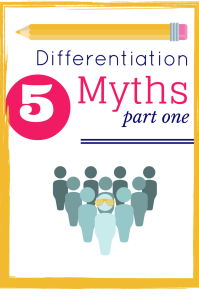 November is Native American Heritage Month, which is as good a time as any to discuss the slight issue we have with observance months. Native American Heritage Month and Black History Month, for example, were established to celebrate cultures that otherwise went ignored, stereotyped, or otherwise underappreciated. Educators often use these months as a reason to pull titles by/about a particular culture off the shelf to share with students.
November is Native American Heritage Month, which is as good a time as any to discuss the slight issue we have with observance months. Native American Heritage Month and Black History Month, for example, were established to celebrate cultures that otherwise went ignored, stereotyped, or otherwise underappreciated. Educators often use these months as a reason to pull titles by/about a particular culture off the shelf to share with students.
While we can generate a recommended reading list just as well as the next publisher, the problem we find with Native American Heritage Month is that it puts Native American books—and people—in a box. The observance month can easily lead to the bad habit of featuring these books and culture for one month out of the entire year. Ask yourself: Have we ever taken this approach with books that feature white protagonists?


 task: help every student become a successful learner. How can teachers support all students’ diverse needs? Much confusion and fear have surrounded differentiated instruction and its use in the classroom.
task: help every student become a successful learner. How can teachers support all students’ diverse needs? Much confusion and fear have surrounded differentiated instruction and its use in the classroom. Myth #2: Every student should be doing something different
Myth #2: Every student should be doing something different